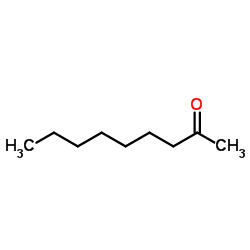Assessment of monitoring methods for early detection of three species of storage mite in bulk oilseed rape.
J A Dunn, A J Prickett, B B Thind
Index: Exp. Appl. Acarol. 37(1-2) , 131-40, (2005)
Full Text: HTML
Abstract
Two types of trap, the BT Trap and PC(TM) pitfall cone trap, were evaluated against the most widely used method of sampling and sieving for their ability to detect low numbers of storage mites (Acarus siro, Tyrophagus longior and Lepidoglyphus destructor) in bulk oilseed rape, under UK maritime conditions. In addition, a synthetic lure (2-nonanone) was incorporated into the two types of trap to assess whether its presence improved trapping performance. The BT traps and PC traps were significantly more effective in detecting low numbers of mites of all species compared with sampling and sieving. The PC trap with synthetic lure was the most effective method. As the PC trap is already widely used for monitoring insects in cereal bulks in the UK, extending its application to include oilseed rape, and to detect mites, would be a logical and cost effective extension of its use.
Related Compounds
| Structure | Name/CAS No. | Molecular Formula | Articles |
|---|---|---|---|
 |
2-Nonanone
CAS:821-55-6 |
C9H18O |
|
Evaluation of injection methods for fast, high peak capacity...
2015-05-01 [J. Chromatogr. A. 1392 , 82-90, (2015)] |
|
Comparison of Aroma-Active Volatiles in Oolong Tea Infusions...
2015-09-02 [J. Agric. Food Chem. 63 , 7499-510, (2015)] |
|
Characterization of Volatile Flavor Compounds in Chinese Ric...
2015-07-01 [J. Food Sci. 80 , C1476-89, (2015)] |
|
Mitochondrial stress extends lifespan in C. elegans through ...
2014-08-01 [Exp. Gerontol. 56 , 89-98, (2014)] |
|
Measuring gas-liquid partition coefficients of aroma compoun...
2011-08-21 [Analyst 136(16) , 3375-83, (2011)] |